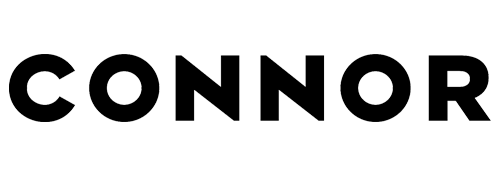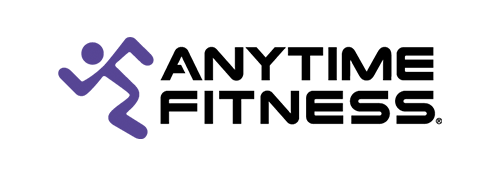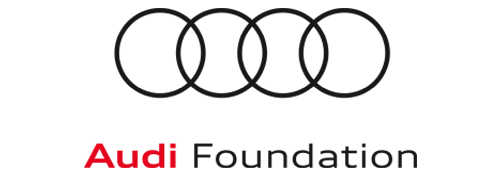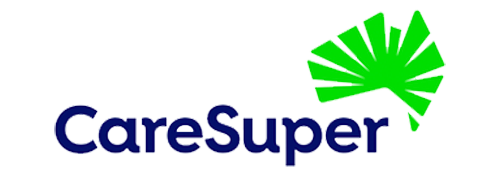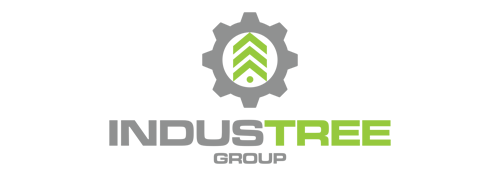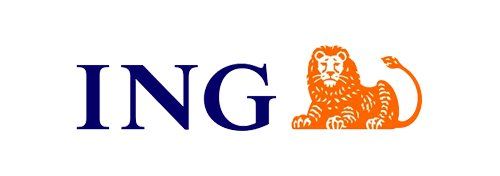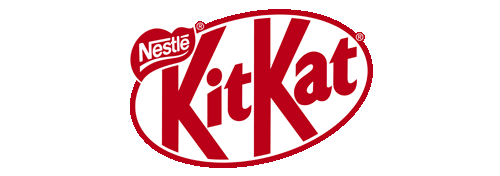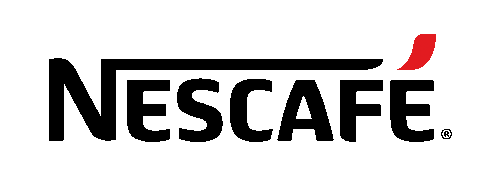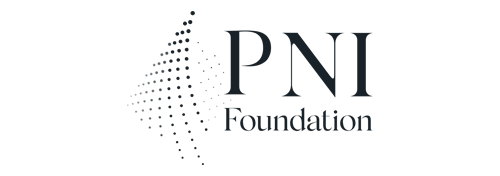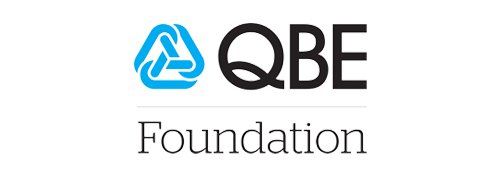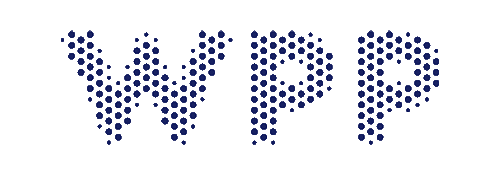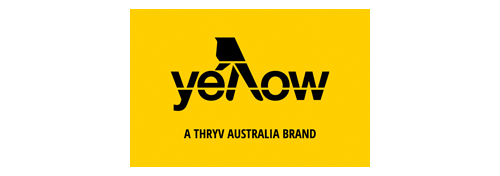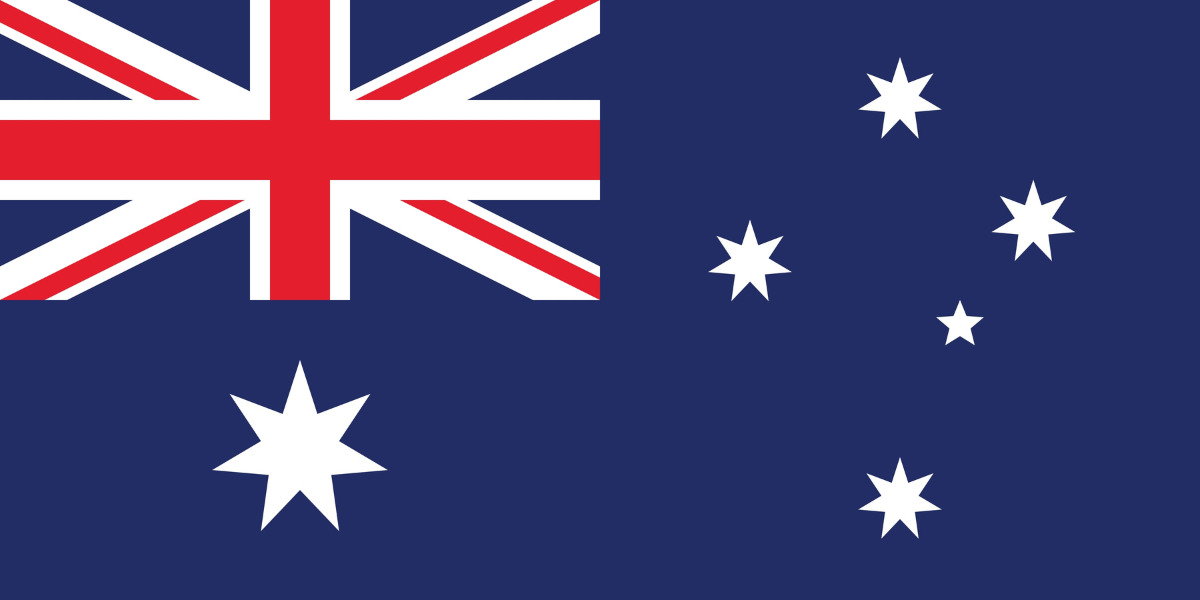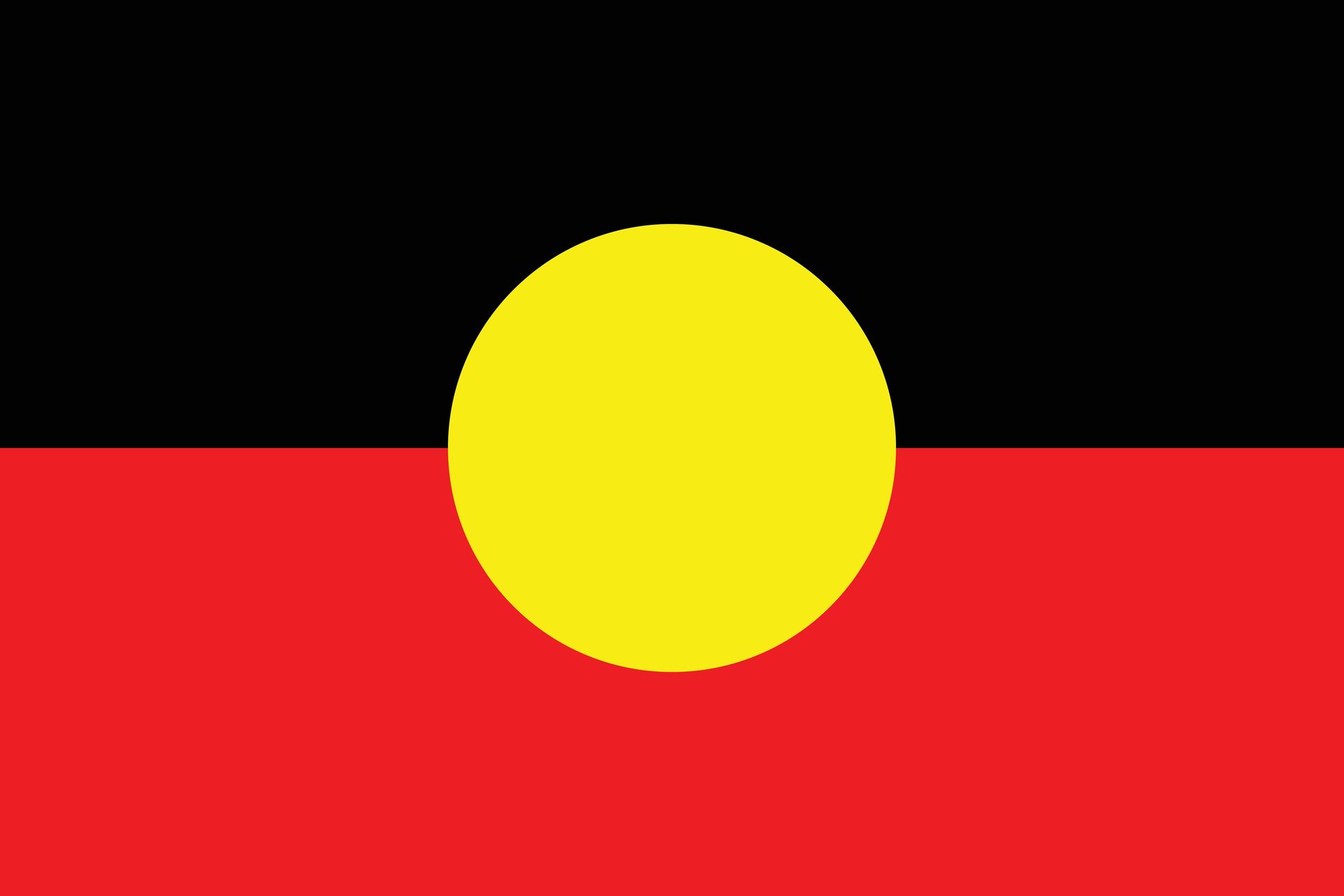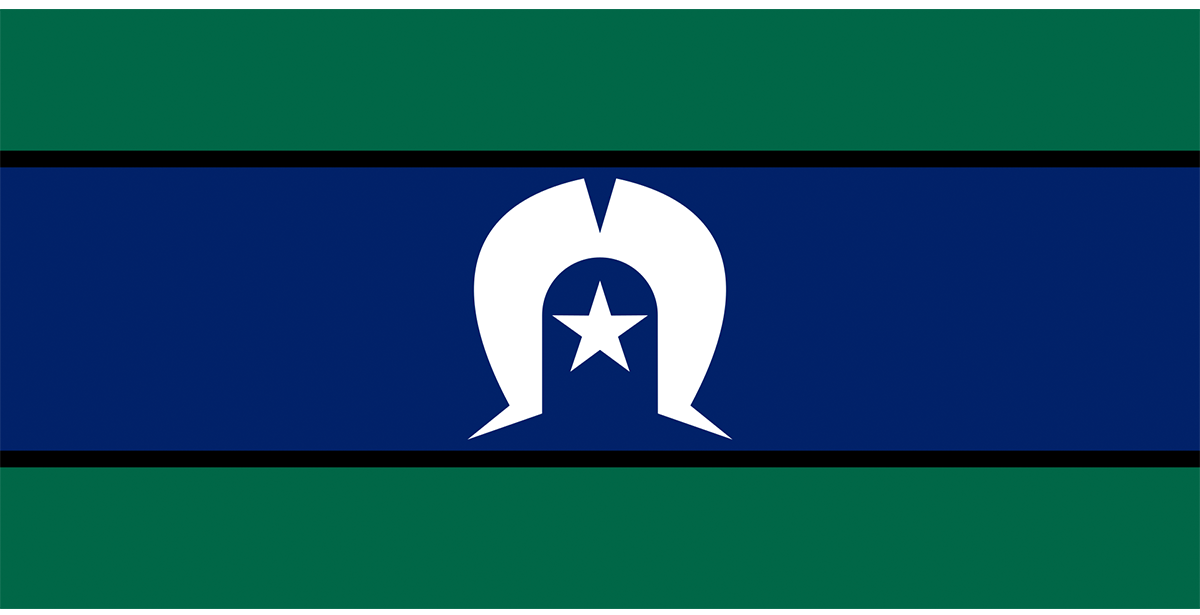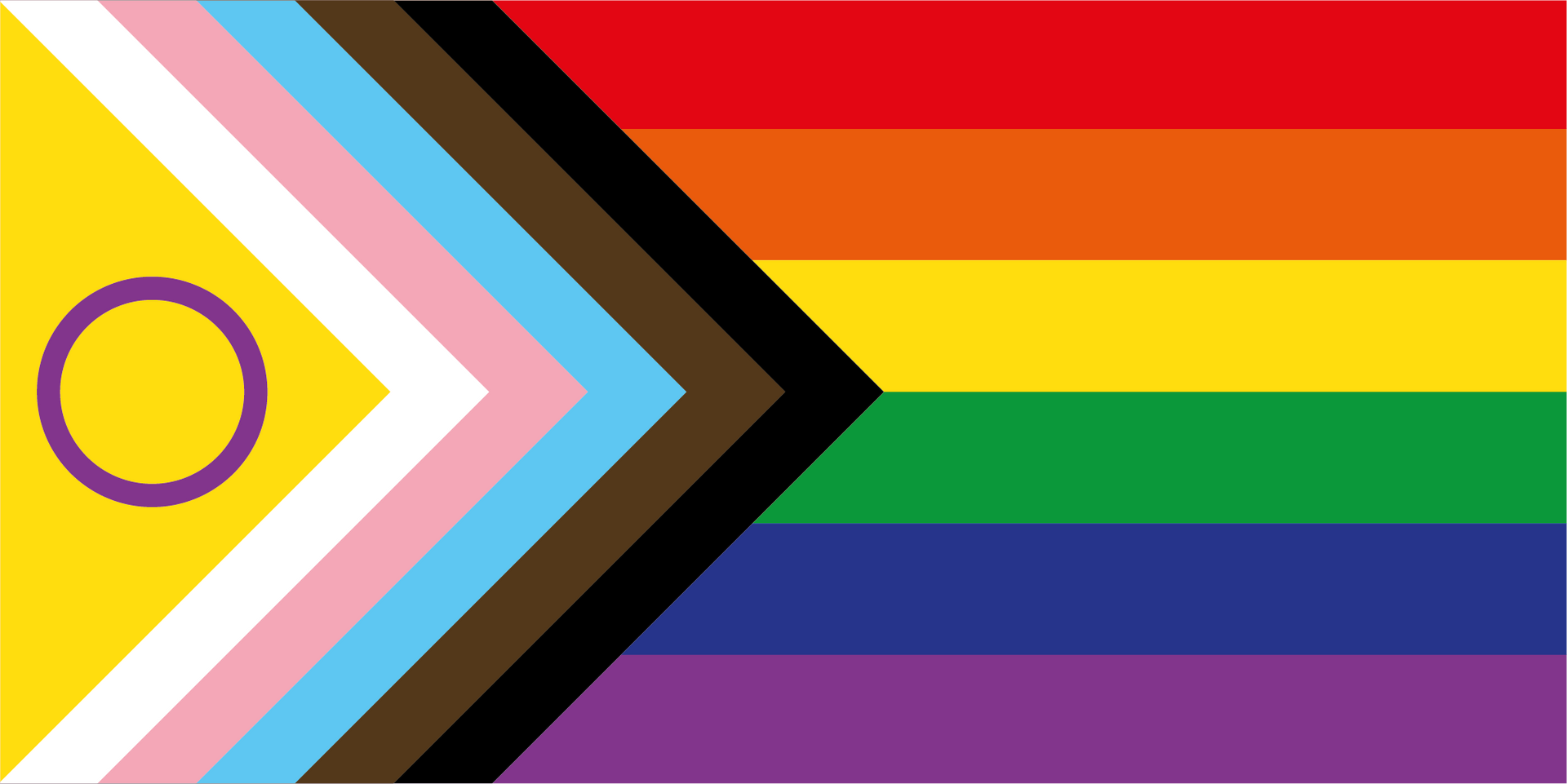TRANSLATION IS NOT ENOUGH
Lessons learned from a co-design project led by multicultural communities
Embrace Suicide Prevention Pilot
Translation is not enough. Lessons learned from a mental health resource co-design project led by multicultural communities
By Maria Calocerinos, R U OK? Community Manager
In the 15 years since R U OK? began, it has grown to be a national conversation movement in schools, workplaces and communities across Australia. R U OK? is almost a household name, in English.
But how does R U OK? translate in a nation where 51% of residents were born overseas(1), or have a parent born overseas (of whom 22.8%(2) speak a language other than English)?
What can we do to better support everyone in Australia to build their skills and confidence to have conversations about life’s ups and downs with the people in their world in any language?
In 2023 Mental Health Australia through the Embrace Multicultural Mental Health initiative invited us to work with them on a suicide prevention pilot to co-design mental health resources with communities whose first language is not English. Following a national call for expressions of interest, we were delighted to collaborate with community leaders in three different settings and language groups:
- an Arabic facilitator who works at a high school in western Sydney.
- a Hindi facilitator based in Melbourne and connected with the health system.
- a Vietnamese facilitator working at a community centre in Sydney's inner west with a focus on social services.
The completed resources will be free to view and download here.
This project was a great opportunity to gain insights into how R U OK? can better support all communities. The biggest lesson for me was that we, as a society and the mental health sector, lean to an English first approach and depend on translations to present information in other languages. This is often done without deeper thought about that community’s context or preferred communication format and tone.
I was humbled to be part of the support team for the facilitators on this project. While I couldn’t speak the language of participants, I felt an amazing connection to them and their communities. I was left with a greater appreciation for their challenges, resilience and commitment to caring for others.
I see this as the start of our work with multilingual communities in this country. My warmest thanks and appreciation go to the community facilitators and co-design participants who were involved and for their leadership and commitment to supporting ongoing conversations and connection within their communities.
Special thanks to the Ethnic Communities Services Co-operative, Lurnea High School and Stride Network for their involvement and guidance throughout the project.
1: Australian Bureau of Statistics (2021) Culturally and linguistically diverse communities
2: Australian Bureau of Statistics (2021) Top 5 most common languages other than English
English
R U OK? Community Manager, Maria Calocerinos, shares what she has learned from our community-led project to co-design R U OK? resources in more languages.
Tips for mental health and community organisations on co-designing suicide prevention resources with multicultural communities.
This was produced by R U OK? as part of the Embrace Suicide Prevention Pilot , a collaboration between Mental Health Australia, R U OK?, Suicide Prevention Australia and Verian. It was funded by the Commonwealth Department of Health and Aged Care.
Key learnings
- Simply translating resources is not enough. Existing resources in English are rarely immediately applicable both in the way people talk in their language as well as the messaging and imagery needed for increased engagement and resource impact.
- It’s essential the process is community led by ensuring bilingual facilitators in trusted positions within their community are part of the team and lead the co-design workshops.
- The safe space created and the support provided was important in enabling participants to feel comfortable discussing sensitive topics and to safely participate. Go to where the community feels safe - not where it is most convenient/cost effective for project managers or funding organisations.
- Co-design will always need more time - allow space for flexibility in your plans to add workshops and review points if needed and multiple design/translation iterations.
- Use a mix of activities that encourage people to express themselves through different means, such as drawing or group brainstorming. Visual cues (including video) assist participants to more easily understand the concepts discussed and should be used from EOI to implementation. Don't use lengthy documents setting out participation requirements that are translated without 'in language' context.
- It is very important that lived experience is valued and people are fairly paid for their time participating in the co-design process. This should be factored into the work from day one, allowing for additional budget should the process require more time from participants or facilitators due to the agile nature of the work.
- Consider diversity within diversity when recruiting for community participants. For example, further 'in language' workshops for young people, people with disabilities, people who identify as LGBTIQ+, may be more effective to deliver deeper insights throughout the process rather than only as follow up considerations.
Thank you to everyone who shared their time, personal experiences and care for their community as part of this project. This is just the start of our work together.
Vietnamese: Việt
Chỉ dịch thôi là chưa đủ: Lời khuyên dành cho các tổ chức cộng đồng và sức khỏe tâm thần về việc cùng với các Cộng đồng Đa dạng về Văn hóa và Ngôn ngữ đồng thiết kế các nguồn tài liệu để ngăn ngừa tự tử
Tài liệu này do R U OK? sản xuất như là một phần trong chương trình Thí Điểm Vòng Tay (The Embrace) nhằm Ngăn ngừa Tự tử, được hợp tác giữa tổ chức Sức Khỏe Tâm Thần Úc và R U OK? Ngăn ngừa Tự Tử của Úc và Verian. Được Bộ Y Tế và Chăm Sóc Người Cao Niên của Chính phủ Liên bang tài trợ
Các bài học cốt yếu từ chương trình thí điểm:
- Chỉ dịch tài liệu thôi là chưa đủ. Các tài liệu hiện có bằng tiếng Anh hiếm khi được áp dụng tức thì cả trong cách người ta nói bằng ngôn ngữ của họ cũng như qua các thông điệp và hình ảnh cần thiết để gia tăng mức độ tương tác và ảnh hưởng của tài liệu.
- Điều quan trọng là quá trình này được cộng đồng dẫn dắt bằng cách đảm bảo các người hướng dẫn song ngữ giữ các vị trí đáng tin cậy trong cộng đồng của họ vốn là một phần tử trong nhóm và dẫn dắt các buổi hội thảo đồng thiết kế.
- Tạo ra không gian an toàn và cung cấp hỗ trợ là điều quan trọng để giúp người tham gia cảm thấy thoải mái khi thảo luận các chủ đề nhạy cảm và tham gia một cách an toàn. Đến những nơi mà cộng đồng cảm thấy an toàn - không phải là nơi có hiệu quả về chi phí/thuận tiện nhất cho người quản lý dự án hoặc cho tổ chức tài trợ.
- Đồng thiết kế sẽ luôn cần nhiều thời gian hơn - cho phép kế hoạch của quý vị có không gian linh hoạt để thêm các buổi hội thảo và các điểm đánh giá nếu cần và có thêm nhiều thiết kế/truyền đạt.
- Sử dụng việc kết hợp các hoạt động để khuyến khích mọi người thể hiện bản thân thông qua các biện pháp khác nhau, chẳng hạn như vẽ, ý kiến của nhóm. Các phương tiện trực quan (chẳng hạn như video) trợ giúp người tham gia dễ hiểu hơn các khái niệm được thảo luận và nên được sử dụng từ EOI đến khâu thực hiện. Không có văn bản dài dòng đặt ra các yêu cầu dành cho việc tham gia được dịch sang các ngôn ngữ mà không có ngữ cảnh ngôn ngữ.
- Điều rất quan trọng là kinh nghiệm sống được đánh giá cao và mọi người được trả công xứng đáng cho thời gian họ tham gia vào quá trình đồng thiết kế. Việc này cần được đưa vào công việc ngay từ ngày đầu tiên, giúp cho việc bổ sung ngân sách nếu quá trình này đòi hỏi người tham gia hoặc người điều phối cần có thêm thời gian làm việc vì tính chất linh hoạt của công việc.
- Suy xét đến tính đa dạng trong phạm vi của sự đa dạng khi tuyển dụng người tham gia cộng đồng. Chẳng hạn như thực hiện các buổi hội thảo bằng ngôn ngữ cho thanh thiếu niên, người khuyết tật, những người được xác định thuộc cộng đồng LGBTIQ, như vậy có thể sẽ có hiệu quả hơn khi mang lại những hiểu biết sâu sắc hơn trong suốt quá trình thay vì chỉ là những quan tâm được bổ sung thêm.
Xin cảm ơn tất cả mọi người đã chia sẻ thời gian, kinh nghiệm và sự quan tâm đến cộng đồng của họ như một phần của dự án này. Đây chỉ là khởi đầu trong việc hợp tác của chúng tôi. Để tìm hiểu nhiều hơn, xin truy cập
ruok.org.au
Hindi: हिन्दी
केवल अनुवाद करना ही पर्याप्त नहीं है: सांस्कृतिक एवं भाषाई तौर पर विविध समुदायों के साथ आत्म-हत्या रोकथाम संसाधनों को सह-डिज़ाइन करने पर मानसिक स्वास्थ्य तथा सामुदायिक संगठनों के लिए सुझाव
यह दस्तावेज R U OK? द्वारा Mental Health Australia, R U OK? के बीच सहयोग में The Embrace Suicide Prevention Pilot (द एम्ब्रेस सुसाइड प्रिवेंशन पायलट) के भाग के तौर पर तैयार किया गया था। Suicide Prevention Australia (आत्म-हत्या रोकथाम ऑस्ट्रेलिया) और Verian. राष्ट्रमंडल स्वास्थ्य एवं वयोवृद्ध देखभाल विभाग द्वारा वित्त-पोषित
पायलट से मिली मुख्य सीखें:
- संसाधनों का केवल अनुवाद करना ही पर्याप्त नहीं है। अंग्रेजी में मौजूदा संसाधन शायद ही कभी लोगों के अपनी भाषा में बात करने के तरीके के साथ-साथ बढ़ी हुई सहभागिता और संसाधन प्रभाव के लिए आवश्यक संदेश और इमेजरी दोनों में तुरंत लागू होते हैं।
- यह अत्यंत आवश्यक है कि प्रक्रिया समुदाय के नेतृत्व में हो और ऐसा यह सुनिश्चित करके किया जाना चाहिए कि अपने समुदाय के भीतर विश्वसनीय पदों (पोज़ीशनों) पर द्विभाषी सुगमकर्ता टीम का भाग हैं और सह-डिज़ाइन वर्कशॉप्स का नेतृत्व करते हैं।
- निर्माण किया गया सुरक्षित वातावरण और प्रदान किया गया समर्थन</1>प्रतिभागियों को संवेदनशील विषयों पर सहजता से चर्चा करने तथा सुरक्षित रूप से भाग लेने में सक्षम बनाने में महत्वपूर्ण था। वहां जाएँ जहाँ समुदाय सुरक्षित महसूस करते हैं - वहां पर नहीं जो परियोजना प्रबंधकों या वित्त-पोषण (फंडिंग) संगठनों के लिए सबसे सुलभ/किफायती हों।
- सह-डिज़ाइन में हमेशा और अधिक समय की ज़रूरत होगी - यदि आवश्यक हो तो कार्यशालाओं और समीक्षा बिंदुओं को शामिल करने के लिए अपनी योजनाओं में अनुकूलनशीलता के लिए स्थान और बहु डिज़ाइन/अनुवाद पुनरावृत्तिओं के लिए अनुमति दबहु
- <1>ऐसी मिली-जुली गतिविधियों का प्रयोग करें जो लोगों को अलग-अलग माध्यमों </1>जैसे कि चित्रकारी करने, समूह में विचार-मंथन करने आदि के द्वारा अपने आपको व्यक्त करने के लिए प्रेरित करती हैं। दृश्य संकेत (जैसे वीडियो) प्रतिभागियों को चर्चा की गई अवधारणाओं को अधिक आसानी से समझने में सहायता करते हैं और EOI (रुचि-प्रकटन) से कार्यान्वयन तक इसका उपयोग किया जाना चाहिए। भाग लेने की आवश्यकताओं को तय करने वाले कोई ऐसे बहुत लम्बे दस्तावेज नहीं जिनका भाषाई संदर्भ के बिना अनुवाद किया जाता है।
- <1>यह बहुत महत्वपूर्ण है कि जीवन में महसूस किए गए अनुभव की कद्र की जाती है</1> और लोगों को सह-डिज़ाइन प्रक्रिया में भाग लेने के लिए अपना समय निकालने क लिए उचित ढंग से भुगतान किया जाता है। इसे पहले दिन से ही कार्य में शामिल किया जाना चाहिए, यदि कार्य की तीव्र प्रकृति के कारण प्रक्रिया में प्रतिभागी या सुविधाकर्ता के अतिरिक्त समय की आवश्यकता हो तो अतिरिक्त बजट की अनुमति दी जानी चाहिए।
- समुदाय के सहभागियों के लिए भर्ती करते समय विविधता के भीतर विविधता पर विचार करें। </1>हो सकता है कि युवाओं, विकलांग लोगों, LGBTIQ के तौर पर अपनी पहचान करने वाले लोगों आदि के लिए आगे की भाषाई वर्कशॉप्स आगे के विचारों के बजाय पूरी प्रक्रिया में गहरी अंतर्दृष्टि प्रदान करने के लिए अधिक प्रभावी हो सकती हैं।
हर किसी का धन्यवाद जिन्होंने इस परियोजना के भाग के तौर पर अपने समय, निजी अनुभवों और अपने समुदाय के लिए देखभाल साझा की। यह हमारे मिलकर काम करने की बस शुरूआत है।
और अधिक सीखने के लिए
ruok.org.au पर जाएँ


